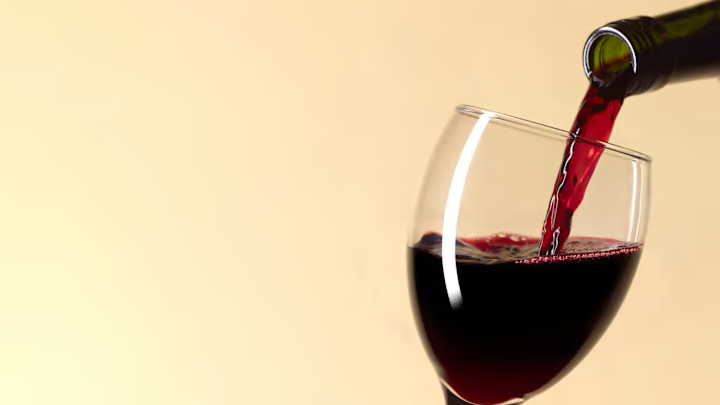The phrase “age like wine” takes on a different meaning when referring to a bottle that’s been uncorked. Wine in a sealed vessel can age (and improve) over decades, but the beverage starts to lose its appeal after being exposed to air. A bottle of wine tastes best the night it’s opened, but if finishing it in one sitting isn’t practical, there’s a simple way to tell if it has gone bad.
According to Eat This, Not That, oxygen is the enemy of a fine vino. Oxidation will drastically change your drink’s flavor profile. On a scale of minutes, this change can be positive (that’s what sommeliers mean when they talk about “letting your wine breathe”) but anything longer than a night will have negative consequences.
Old, opened wine won’t win any tasting competitions, but it won’t hurt you. It’s a perfectly fine option if you’re looking for something to drink casually at home—especially if you’ve refrigerated the bottle, which slows down the oxidation process. Most red and white wines will last two to five days in the fridge before they start to go bad. “Going bad” in this case means the oxygen molecules have essentially converted the wine to vinegar. It’s not unsafe to drink (in sips, at least), but a glass of it won’t go down easy.
The simplest way to tell if your wine has reached this stage is to use your senses. If it smells or tastes like vinegar, it’s likely passed the point of no return. A brownish tint and bubbles in non-sparkling wine can also be symptoms of spoilage. Once you notice these signs, it’s time to pour the bottle down the drain and uncork a new one.
Red and white wine has a longer post-cork lifespan than sparkling, which will quickly start to lose its effervescence the moment it’s popped. Here are some tips for preserving prosecco and champagne without a stopper.
[h/t Eat This, Not That]
